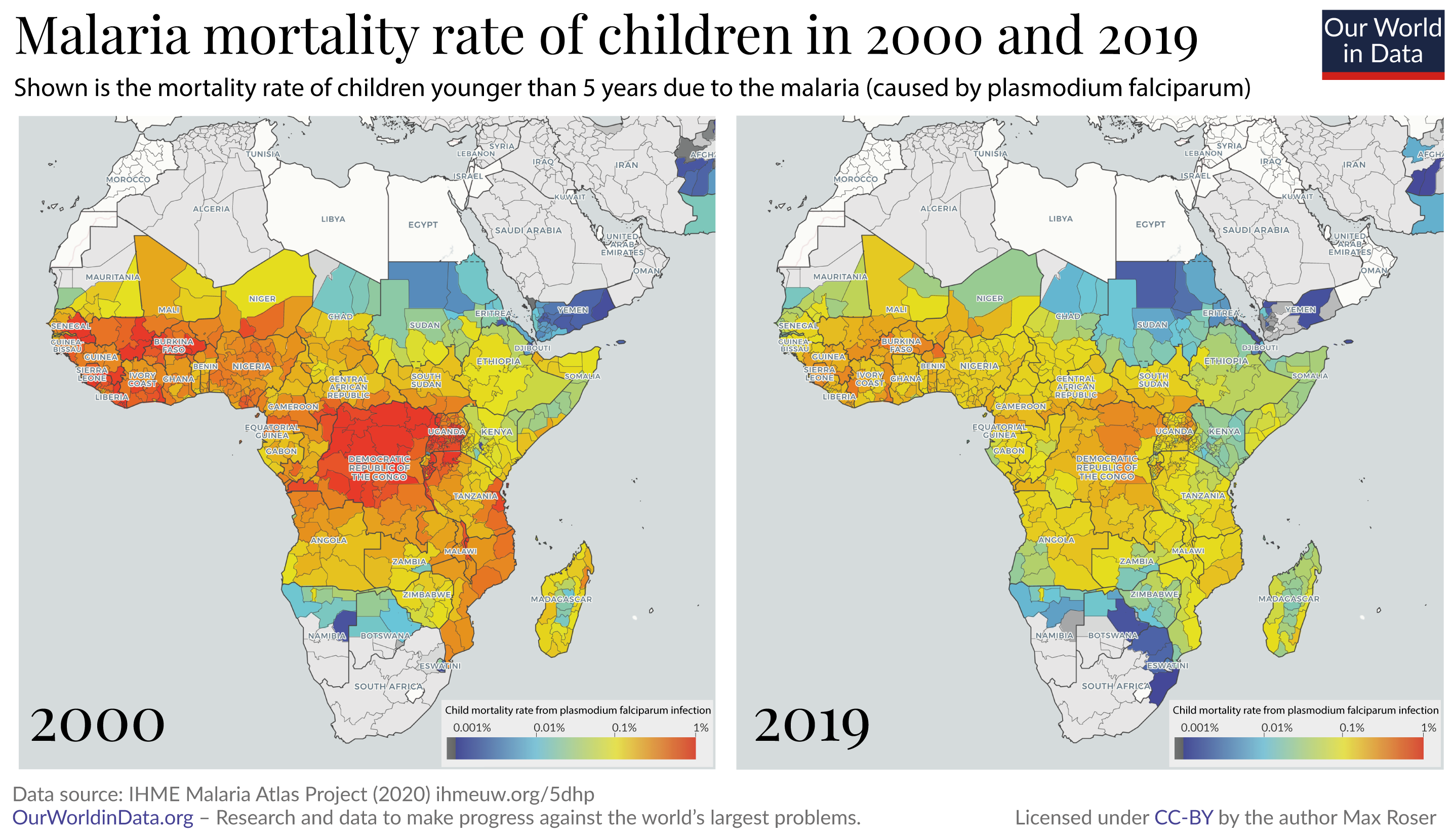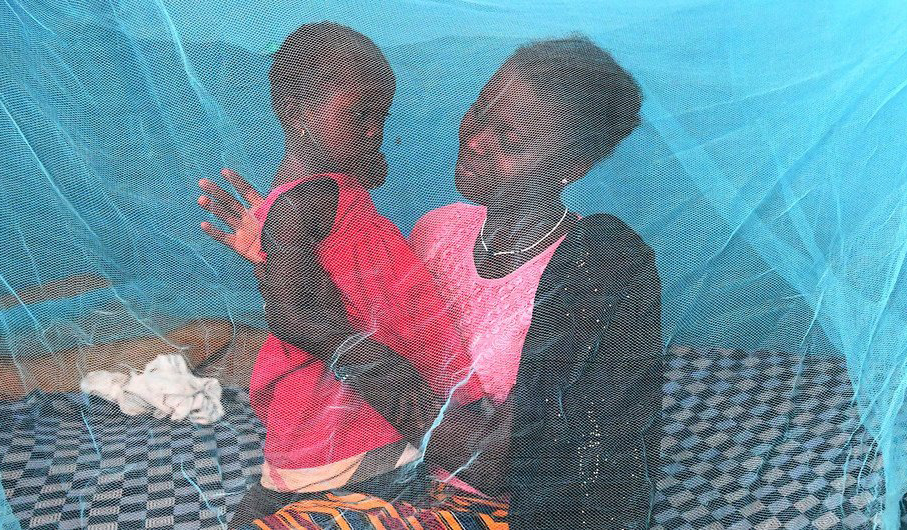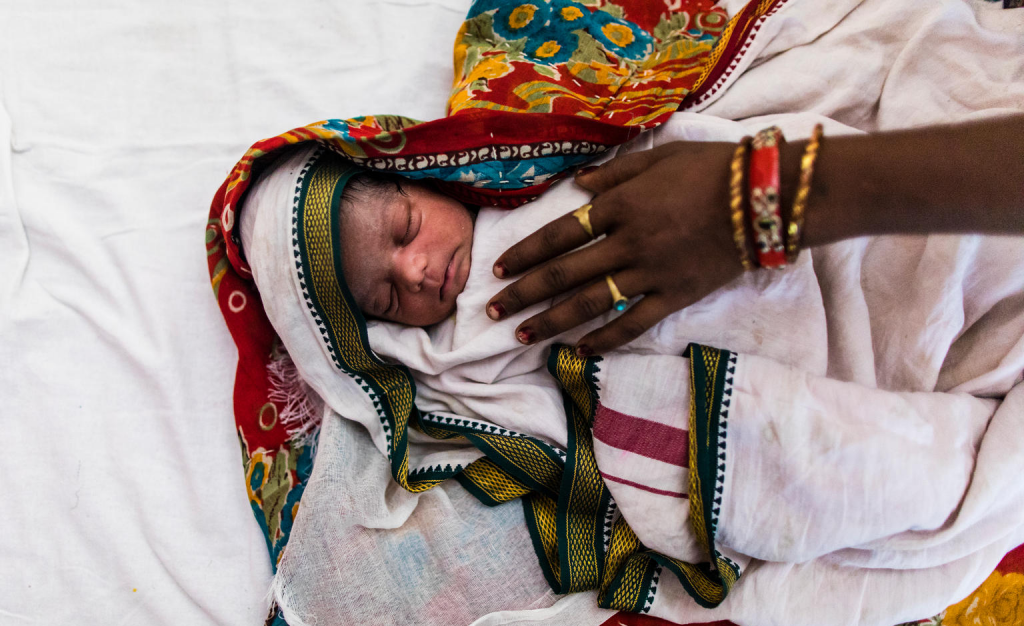Malaria is a preventable and treatable disease that continues to have a devastating impact on the health and livelihood of people around the world. In 2020, there were an estimated 241 million new cases of malaria and 627 000 malaria-related deaths in 85 countries. More than two thirds of deaths were among children under the age of 5 living in the WHO African Region.
Since 2000, global partnership has halved malaria death rates and saved 10.6 million lives, yet half the world is still at risk from the disease. However, growing insecticide resistance has contributed to a levelling off of progress in high burden countries over the last five years. More recently, the pandemic’s disruptions to malaria prevention and treatment have contributed to a 12% increase in malaria deaths over 2019. The World Malaria Report 2021 also shows malaria deaths in Africa are significantly higher than previous estimates, with children under five accounting for 80% of malaria deaths in the region*.
Despite steady advances in lowering the global burden of malaria between 2000 and 2015, progress has slowed or stalled in recent years, particularly in high burden countries in sub-Saharan Africa.
Over 1 million African children protected by first malaria vaccine
In Ghana, Kenya and Malawi more than 1 million children have received one or more doses of the world’s first malaria vaccine. The malaria vaccine pilots, first launched by the Government of Malawi in April 2019, have shown that the RTS,S/AS01 (RTS,S) vaccine is safe and feasible to deliver, and that it substantially reduces deadly severe malaria.
These findings paved the way for the historic October 2021 WHO recommendation for the expanded use of RTS,S among children living in settings with moderate to high malaria transmission. If widely deployed, WHO estimates that the vaccine could save the lives of an additional 40 000 to 80 000 African children each year.

We can do more
The diseases many children die from are preventable – we therefore know that we can continue this reduction of child mortality, if we choose to do so. What is different from the past and what makes the deaths of children so appalling today is that we now know how to prevent them.
It requires commitment from governments around the world, but it is also something where each of us individually can contribute. Every one of us can contribute so that we continue to reduce the number of children that die in the world.
- If you want to donate right away to help the successful fight against malaria you can do so via the page of GiveWell’s recommended charities.






